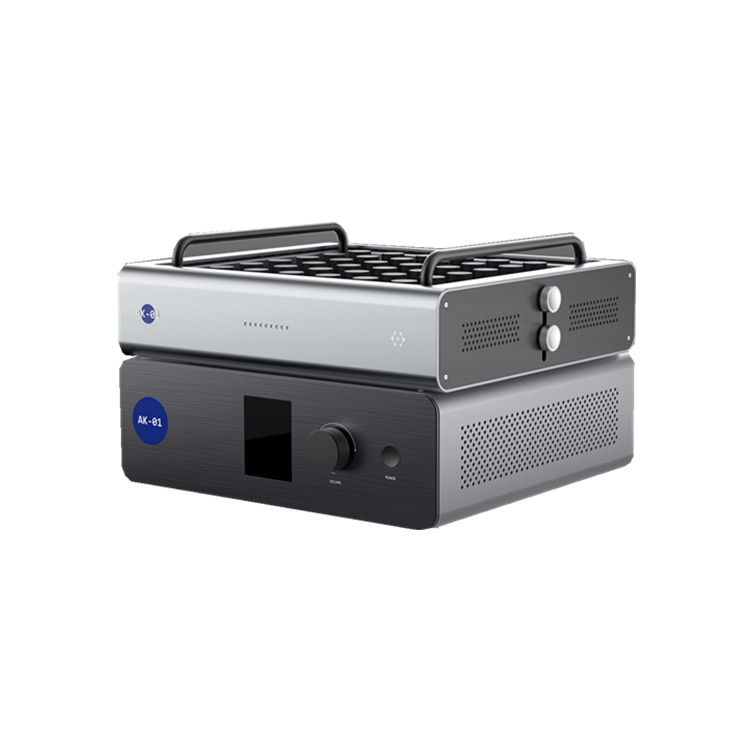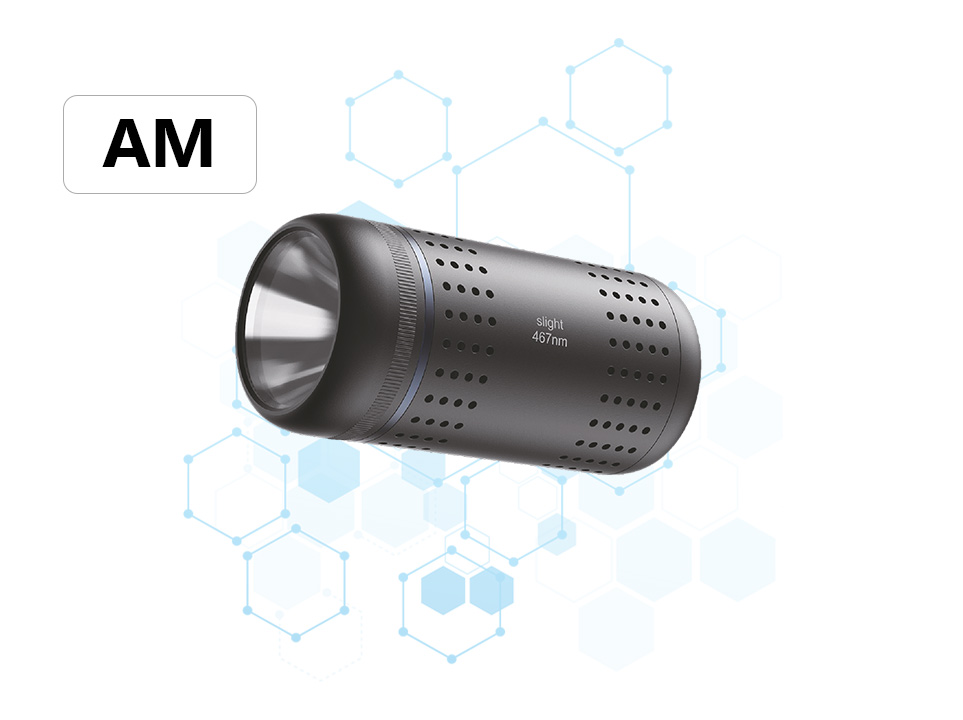The product advantages of high-throughput photocatalytic reactors

The product advantages of high-throughput photocatalytic reactors are mainly embodied in the following aspects:
I. High-throughput Reaction Capability
High-throughput photocatalytic reactors are capable of processing multiple reaction samples simultaneously, significantly enhancing research efficiency. For instance, some well-designed reactors can achieve 12 sets of parallel experiments (standard configuration), with a maximum design of up to 80 sets. This undoubtedly represents a substantial advantage for research requiring extensive experimental data for comparison and analysis.
II. Precision Control and Uniform Illumination
Precision Control: High-throughput photocatalytic reactors can precisely control parameters such as light source, wavelength, and light intensity, providing an ideal platform for studying photocatalytic reactions. This precision control aids researchers in exploring the synthesis and performance of novel photocatalysts, as well as optimizing photocatalytic reaction conditions to improve reaction efficiency.
Uniform Illumination: The reactors employ an innovative multi-faceted reflective design to achieve three-sided uniform illumination of the reaction tubes, which enhances the reproducibility and stability of reactions.
III. Integrated and Modular Design
Integrated Design: High-throughput photocatalytic reactors integrate functions such as refrigeration/temperature control, magnetic stirring, light source power supply, and reflective lighting into a single unit, significantly simplifying operational procedures and saving experimental space.
Modular Design: The reactor's reaction chamber can be quickly disassembled and replaced. Customizable reaction chambers with different lighting forms can be utilized for different experimental needs, enabling a single machine to serve multiple purposes. This design offers high flexibility and can meet the requirements of various research projects.
IV. Efficient Refrigeration and Temperature Control System
High-throughput photocatalytic reactors are equipped with an internal DC variable-frequency compressor refrigeration and temperature control system, which can maintain a constant temperature within the reaction chamber at the set temperature, effectively offsetting and eliminating the impact of the thermal effect of the light source on the reaction. This is crucial for experiments requiring strict control of reaction temperatures.
V. Broad Application Fields
High-throughput photocatalytic reactors have broad application prospects in biology and chemistry, including but not limited to:
Photocatalytic Reaction Research: Exploring the synthesis and performance of novel photocatalysts, as well as optimizing photocatalytic reaction conditions.
Photosynthesis and Photodegradation: Simulating natural light environments to study the mechanisms and processes of photosynthesis; researching the photodegradation pathways and efficiency of organic pollutants.
Photoelectric Conversion Material Research: Studying the synthesis and performance of novel photoelectric materials to provide technical support for the development of the energy industry.
Environmental Remediation: Applied in water treatment and air purification, degrading organic pollutants in water and removing volatile organic compounds from the air.
Energy Conversion: Researching photocatalytic hydrogen production technology to provide new pathways for the development and utilization of renewable energy.
In summary, high-throughput photocatalytic reactors play an increasingly important role in scientific research and industry due to their advantages such as high-throughput reactions, precision control, uniform illumination, integrated design, modular design, and broad application fields.





